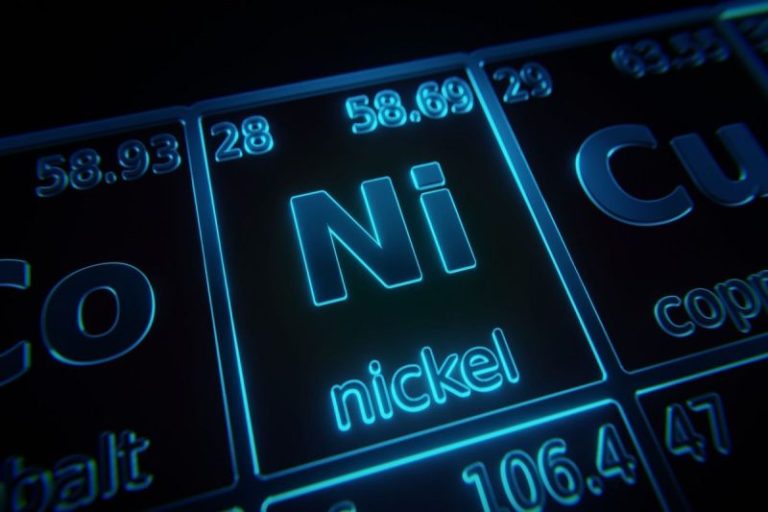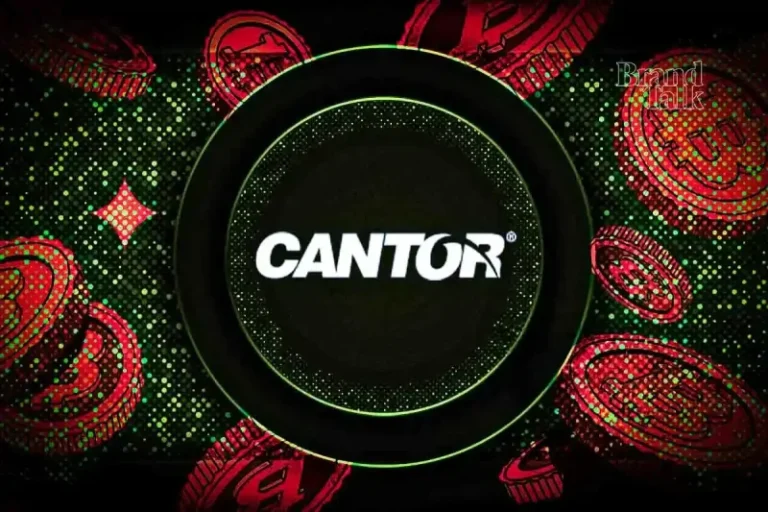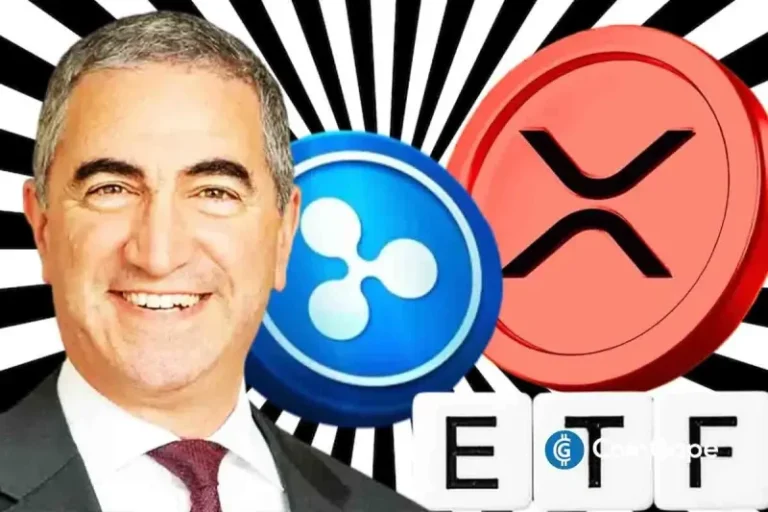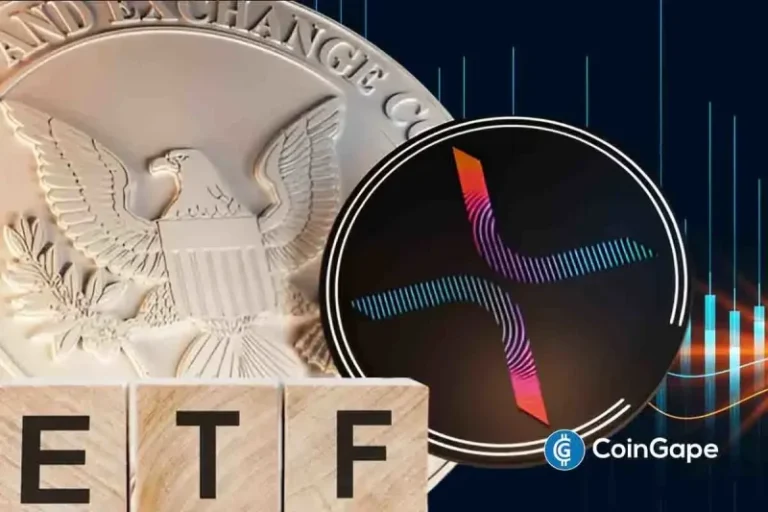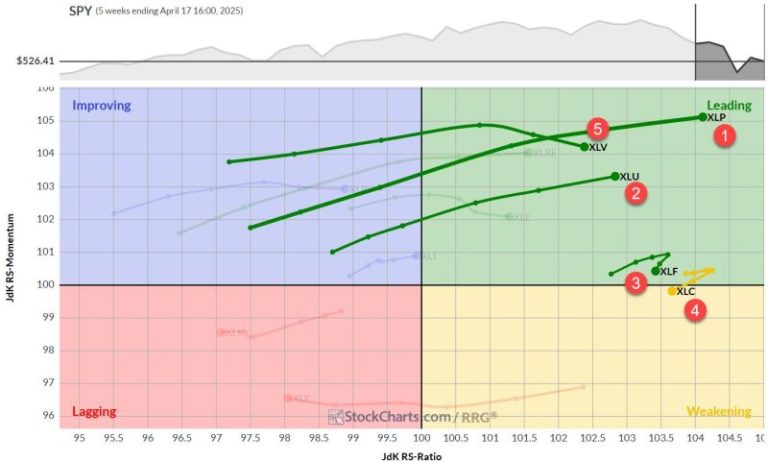Biotech is a dynamic industry that is driving scientific advances and innovation in healthcare. In Canada, the biotech sector is home to companies pursuing cutting-edge therapies and medical technologies.
According to Grandview Research, the global biotech market is expected to grow at a compound annual growth rate of 13.96 percent between 2024 and 2030 to reach a value of US$3.08 trillion.
Read on to learn what’s been driving these Canadian biotech firms.
1. Bright Minds Biosciences (CSE:DRUG)
Year-on-year gain: 2,681.82 percent
Market cap: C$322.61 million
Share price: C$45.90
Bright Minds Biosciences is focused on developing novel treatments for neuropsychiatric disorders and pain.
Its portfolio consists of serotonin agonists designed to target neurocircuit abnormalities that make disorders like epilepsy, post-traumatic stress disorder and depression difficult to treat. The company’s drugs have been designed to potentially retain the powerful therapeutic aspects of psychedelic and other serotonergic compounds, while minimizing their side effects, thereby creating superior drugs to first-generation compounds such as psilocybin.
In October 2024, the company’s share price surged nearly 1,500 percent in a single session after global pharmaceutical company H. Lundbeck announced its intention to acquire Longboard Pharmaceuticals. Both Longboard and Bright Minds have agonists targeting the 5-HT2C receptorin their pipelines.
Bright Minds’ 5-HT2C agonist candidate, BMB-101, will target classic absence epilepsy and developmental epileptic encephalopathy. The company is currently evaluating Phase II trials in collaboration with Firefly Neuroscience (NASDAQ:AIFF).
In March of this year, Bright Minds added five world-renowned leaders in epilepsy research to its scientific advisory board.
2. ME Therapeutics Holdings (CSE:METX)
Year-on-year gain: 145.9 percent
Market cap: C$235.71 million
Share price: C$9.00
ME Therapeutics is a biotechnology company focused on developing cancer-fighting drug candidates that can increase the efficacy of current immuno-oncology drugs by targeting suppressive myeloid cells, which have been found to hinder the effectiveness of existing immuno-oncology treatments. Immuno-oncology is a relatively new area of cancer drug research and has shown promising results when used to treat cancer with low survival rates.
In December 2023, the company shared research done in collaboration with Dr. Kenneth Harder at the University of British Columbia. The work suggests that ME Therapeutics’ antibody, h1B11-12, successfully blocks a protein that fuels breast and colon cancer growth (G-CSF). Trial planning efforts are ongoing, and the company expects development of a cell line for future production of the drug to be finished in the latter half of 2025.
In addition, the company is part of an ongoing collaborative effort to develop therapeutic MRNA delivery methods to myeloid cells with NanoVation Therapeutics, a privately owned biotech company that develops customized nucleic acid and lipid nanoparticle technologies to empower genetic medicine.
The collaboration has already resulted in two new MRNA formulations, for which testing began on October 4, and has demonstrated encouraging anti-cancer activity in a preclinical model of colorectal cancer.
On March 3, ME Therapeutics shared that it is exploring a listing on the Nasdaq or the New York Stock Exchange.
3. Hemostemix (TSXV:HEM)
Year-on-year gain: 80 percent
Market cap: C$13.36 million
Share price: C$0.09
Hemostemix is a clinical-stage biotech company focused on developing autologous stem cell therapies, an approach that uses a patient’s own cells to theoretically enhance safety and efficacy. Its main product, ACP-01, is a cell therapy derived from a patient’s blood to promote tissue repair and regeneration in areas affected by disease.
The company announced its first sales orders for ACP-01 on January 29 and has been working to expand internationally and attract new investment.
Hemostemix is currently collaborating with Firefly Neuroscience on a Phase 1 clinical trial of ACP-01 for vascular dementia. As of writing, efforts to fully enroll the trial to its target size are underway.
4. Eupraxia Pharmaceuticals (TSX:EPRX)
Year-on-year gain: 17.07 percent
Market cap: C$173.51 million
Share price: C$5.28
Eupraxia Pharmaceuticals focuses on developing locally delivered therapeutics for patients with unmet medical needs. Its primary focus has been orthopedics and oncology. Eupraxia acquired EpiPharma Therapeutics in late 2023, absorbing the company’s lead candidate EP-104GI.
In February, the company released positive data from the sixth cohort of its Phase 1b/2a trial for EP-104GI in eosinophilic esophagitis. It plans to release additional data periodically, with 12 week data for the trial’s seventh cohort expected in late Q2 2025.
5. Microbix Biosystems (TSX:MBX)
Year-on-year gain: 4.48 percent
Market cap: C$48.17 million
Share price: C$0.35
Microbix Biosystems manufactures antigens and quality control products used in the development of diagnostic tests. They also develop products to ensure test accuracy.
In January, Microbix partnered with the American Proficiency Institute to launch a pilot program to validate the accuracy of molecular assays in testing the H5N1 strain of the influenza A virus.
In March, the company joined the EPICC HPV Elimination Partnership to support test accuracy by supplying materials to support the accuracy of HPV testing efforts. These strategic collaborations highlight the company’s commitment to ensuring reliable and accurate diagnostic testing worldwide.
Securities Disclosure: I, Meagen Seatter, hold no direct investment interest in any company mentioned in this article.


